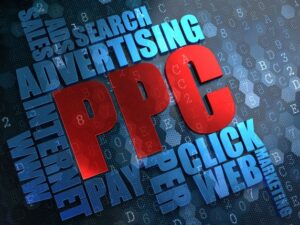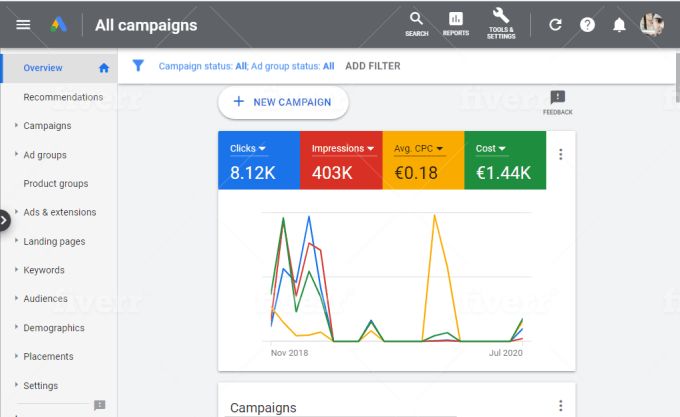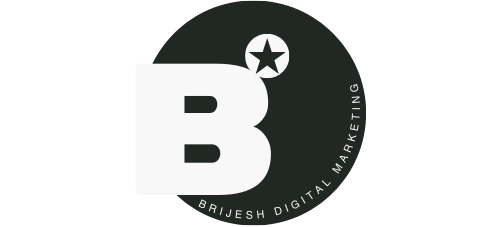A Comprehensive Guide to Pay-Per-Click Advertising
Pay-per-click (PPC) advertising is a powerful digital marketing tool that can drive targeted traffic to your website and increase conversions. Whether you’re new to PPC or looking to refine your strategy, this comprehensive guide will walk you through the essentials of setting up and optimizing your PPC campaigns for maximum return on investment (ROI).
What is Pay-Per-Click Advertising?

PPC advertising is a model where advertisers pay a fee each time their ad is clicked. It’s a way to buy visits to your site rather than earning them organically. The most popular platform for PPC advertising is Google Ads, but other platforms like Bing Ads and social media networks also offer PPC options.
Setting Up Your PPC Campaign

1. Define Your Goals: Start by clearly defining what you want to achieve with your PPC campaign. Common goals include increasing website traffic, generating leads, or driving sales. Having specific goals will guide your campaign strategy and help measure success.
2. Conduct Keyword Research: Keyword research is crucial for identifying the terms your potential customers are searching for. Use tools like Google Keyword Planner, Ahrefs, or SEMrush to find relevant keywords with high search volume and low competition. Focus on long-tail keywords for more targeted traffic.
3. Create Compelling Ad Copy: Your ad copy should be clear, concise, and compelling. Highlight the unique selling points (USPs) of your product or service and include a strong call to action (CTA). Ensure your ad copy is relevant to the keywords you are targeting.
4. Set Your Budget: Determine how much you are willing to spend on your PPC campaign. Most platforms allow you to set daily or monthly budgets. Start with a smaller budget and adjust based on the performance of your campaign.
5. Choose the Right PPC Platform: Depending on your audience and goals, choose the platform that best suits your needs. Google Ads is ideal for search-driven campaigns, while platforms like Facebook and Instagram are great for visually-driven ads.
6. Design Landing Pages: Your landing page should be relevant to the ad and optimized for conversions. Ensure it has a clear headline, engaging content, and a strong CTA. A/B testing different landing pages can help determine which design converts best.
Optimizing Your PPC Campaign

1. Monitor Performance Regularly: Use analytics tools to track the performance of your PPC campaign. Key metrics to monitor include click-through rates (CTR), conversion rates, cost per click (CPC), and return on ad spend (ROAS). Regular monitoring allows you to identify areas for improvement.
2. Adjust Bids and Budgets: Based on performance data, adjust your bids and budgets to optimize your campaign. Increase bids for high-performing keywords and reduce or eliminate spending on underperforming ones.
3. Use Ad Extensions: Ad extensions provide additional information and can improve your ad’s visibility and CTR. Common extensions include site link extensions, call extensions, and location extensions. Use them to provide more value and encourage clicks.
4. Test and Refine Ad Copy: Continuously test different versions of your ad copy to see which performs best. Experiment with different headlines, descriptions, and CTAs. Use A/B testing to compare results and make data-driven decisions.
5. Optimize Landing Pages: Continuously optimize your landing pages to improve conversion rates. Test different headlines, images, and CTAs. Ensure your landing page loads quickly and is mobile-friendly.
6. Leverage Negative Keywords: Negative keywords prevent your ads from showing up for irrelevant searches. Regularly review search term reports to identify and add negative keywords to your campaign. This helps improve the quality of traffic and reduces wasted spend.
Conclusion
PPC advertising can be a highly effective way to drive targeted traffic and achieve your business goals. By setting up your campaigns correctly and continuously optimizing them, you can maximize your ROI and grow your online presence. Start implementing these strategies today to make the most of your PPC efforts.
